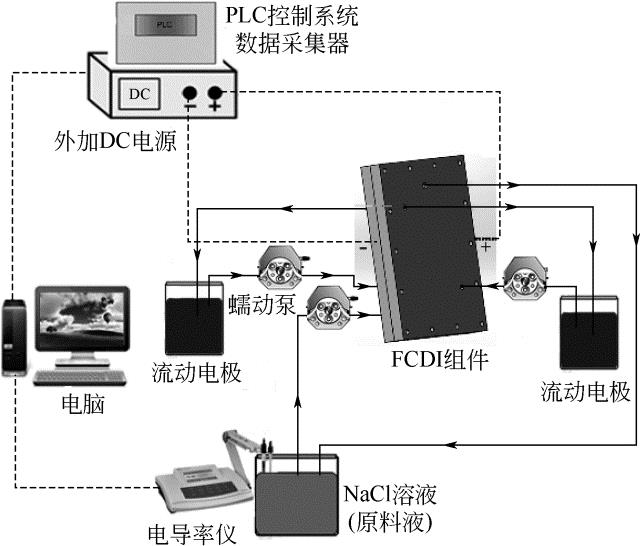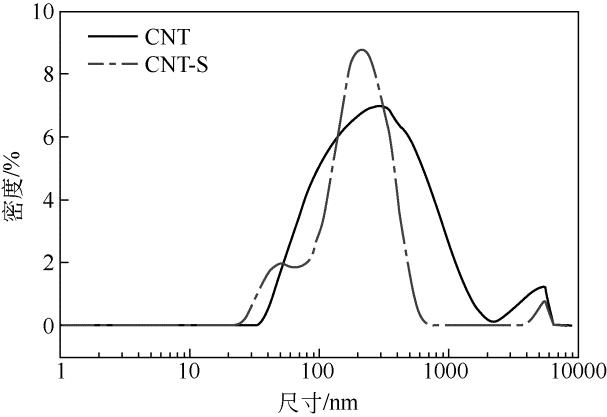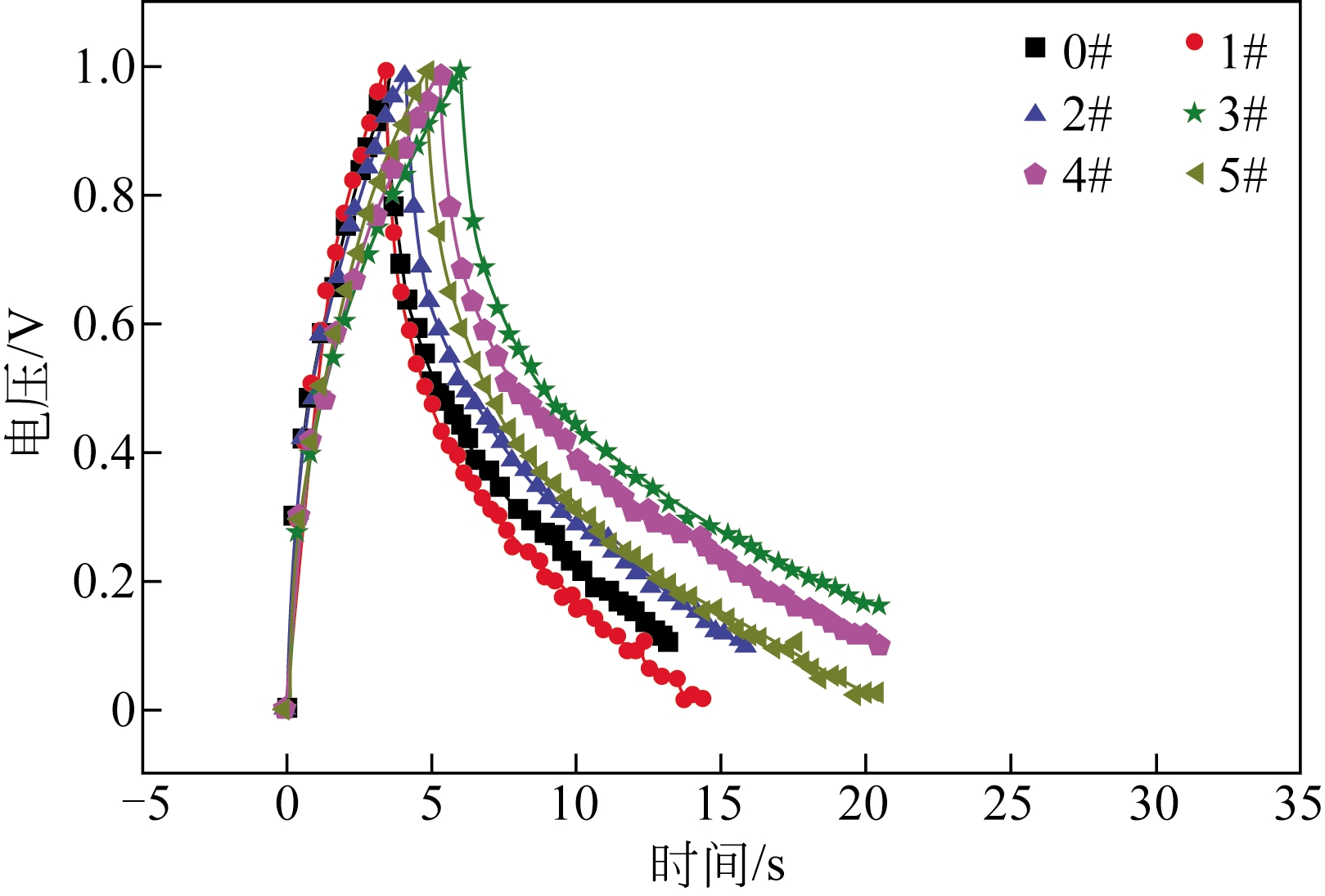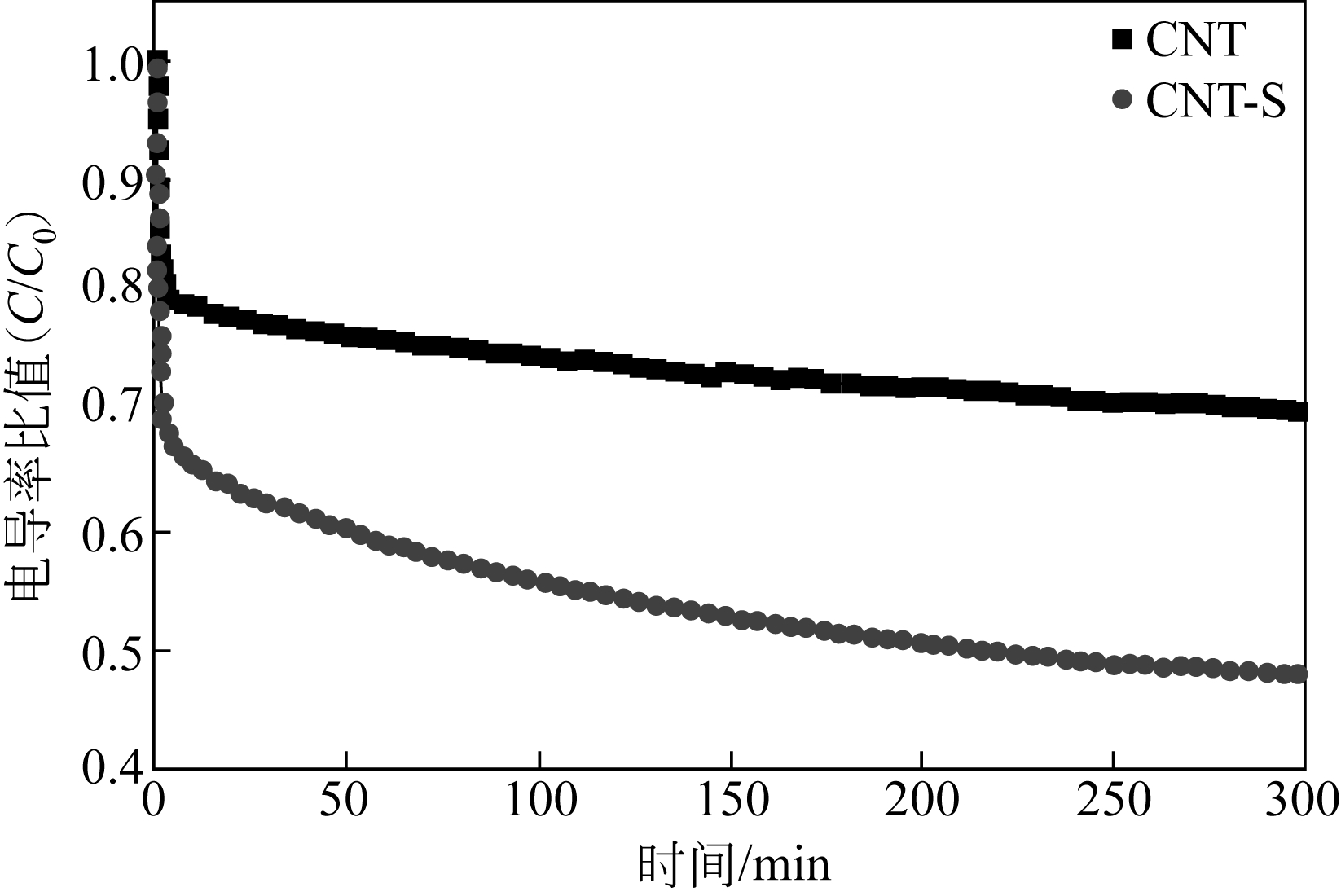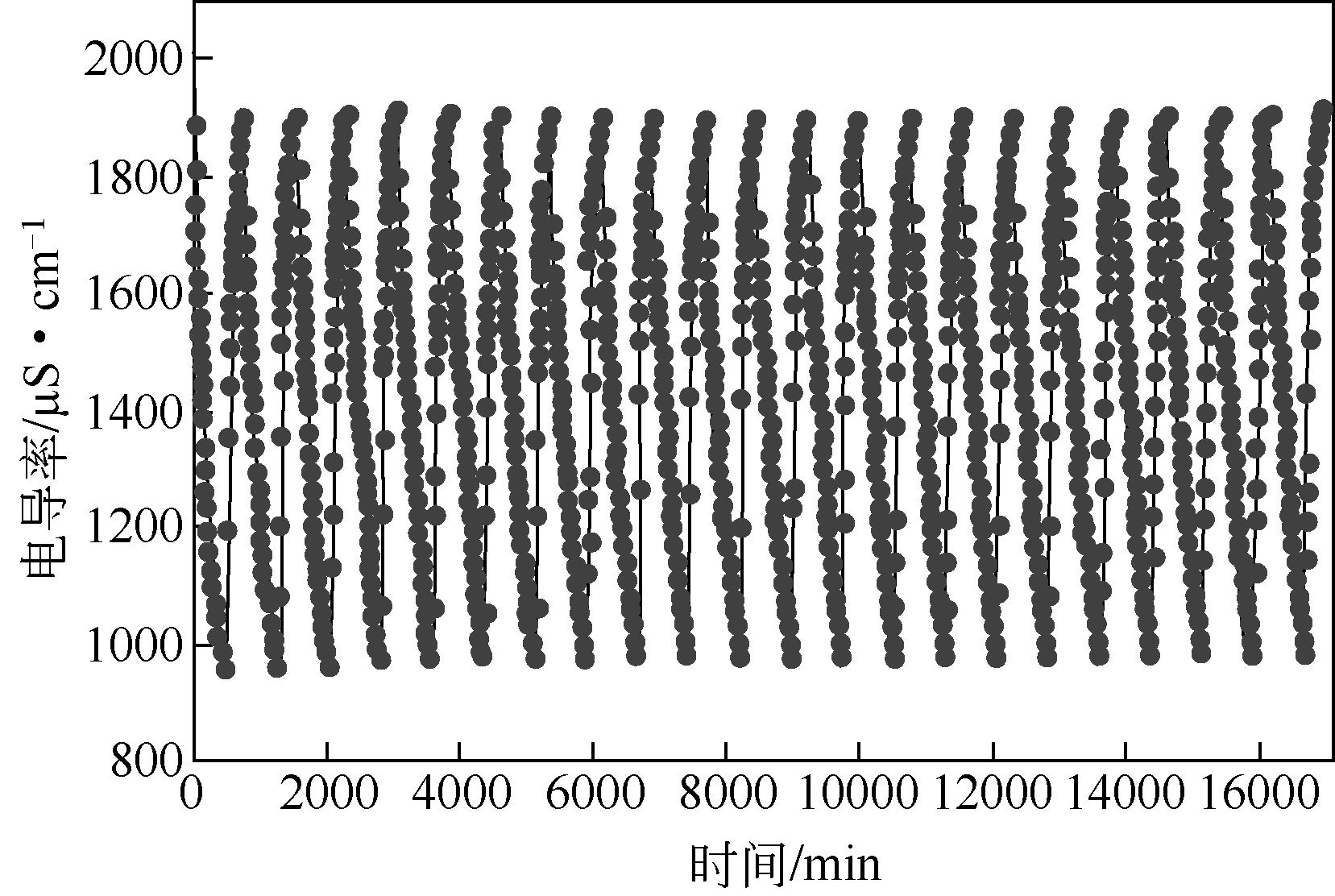| 1 |
JEON S I , PARK H R , YEO J G, et al . Desalination via a new membrane capacitive deionization process utilizing flow-electrodes[J]. Energy & Environmental Science, 2013, 6(5): 1471-1475.
|
| 2 |
HATZELL K B , IWAMA E , FERRIS A , et al . Capacitive deionization concept based on suspension electrodes without ion exchange membranes[J]. Electrochemistry Communications, 2014, 43: 18-21.
|
| 3 |
ROMMERSKIRCHEN A , OHS B, HEPP K A , et al . Modeling continuous flow-electrode capacitive deionization processes with ion-exchange membranes[J]. Journal of Membrane Science, 2018, 546: 188-196.
|
| 4 |
PETEK T J , HOYT N C , SAVINELL R F , et al . Characterizing slurry electrodes using electrochemical impedance spectroscopy[J]. Journal of the Electrochemical Society, 2016, 163(1): A5001-A5009.
|
| 5 |
DENNISON C R , BEIDAGHI M , HATZELL K B , et al . Effects of flow cell design on charge percolation and storage in the carbon slurry electrodes of electrochemical flow capacitors[J]. Journal of Power Sources, 2014, 247: 489-496.
|
| 6 |
CHOO K Y , YOO C Y, HAN M H , et al . Electrochemical analysis of slurry electrodes for flow-electrode capacitive deionization[J]. Journal of Electroanalytical Chemistry, 2017, 806: 50-60.
|
| 7 |
YANG S , KIM H, JEON S I , et al . Analysis of the desalting performance of flow-electrode capacitive deionization under short-circuited closed cycle operation[J]. Desalination, 2017, 424: 110-121.
|
| 8 |
YANG S , CHOI J , YEO J G, et al . Flow-electrode capacitive deionization using an aqueous electrolyte with a high salt concentration[J]. Environmental Science & Technology, 2016, 50(11): 5892-5899.
|
| 9 |
LIANG P , SUN X , BIAN Y , et al . Optimized desalination performance of high voltage flow-electrode capacitive deionization by adding carbon black in flow-electrode[J]. Desalination, 2017, 420: 63-69.
|
| 10 |
DOORNBUSCH G J , DYKSTRA J E , BIESHEUVEL P M , et al . Fluidized bed electrodes with high carbon loading for water desalination by capacitive deionization[J]. Journal of Materials Chemistry A, 2016, 4(10): 3642-3647.
|
| 11 |
MA J, HE D , TANG W , et al . Development of redox-active flow electrodes for high-performance capacitive deionization[J]. Environ. Sci. Technol., 2016, 50(24): 13495-13501.
|
| 12 |
周丽霞 . 非稳态碳纳米管悬浮液的聚集和沉降行为研究[D]. 南京: 南京大学, 2014.
|
|
ZHOU Lixia . The aggregation and deposition of carbon nanotubes in aqueous solution[D]. Nanjing: Nanjing University, 2014.
|
| 13 |
YANG K , YI Z L , JING Q F , et al . Dispersion and aggregation of single-walled carbon nanotubes in aqueous solutions of anionic surfactants[J]. Journal of Zhejiang University SCIENCE A, 2014, 15(8): 624-633.
|
| 14 |
王宝民, 韩瑜, 宋凯, 等 . 碳纳米管的表面修饰及分散机理研究[J]. 中国矿业大学学报, 2012(5): 758-763.
|
|
WANG Baomin , HAN Yu , SONG Kai , et al . Research on the surface decoration and dispersion of carbon nanotubes[J]. Journal of China University of Mining & Technology, 2012(5): 758-763.
|
| 15 |
方华, 孙宇心, 荆洁, 等 . 水中多壁碳纳米管的凝聚动力学[J]. 环境化学, 2015(2): 347-351.
|
|
FANG Hua , SUN Yuxin , JING Jie , et al . Aggregation kinetics of multi-walled carbon nanotubes in aquatic systems[J]. Environmental Chemistry, 2015(2): 347-351.
|
| 16 |
AKUZUM B , AGARTAN L , LOCCO J , et al . Effects of particle dispersion and slurry preparation protocol on electrochemical performance of capacitive flowable electrodes[J]. Journal of Applied Electrochemistry, 2017, 47(3): 369-380.
|
| 17 |
ROMMERSKIRCHEN A , GENDEL Y , WESSLING M . Single sdesalination[J]. Electrochemistry Communications, 2015, 60: 34-37.
|
| 18 |
JEON S I , YEO J G, YANG S , et al . Ion storage and energy recovery of a flow-electrode capacitive deionization process[J]. Journal of Materials Chemistry A, 2014, 2(18): 6378.
|
| 19 |
PARK H R , CHOI J , YANG S , et al . Surface-modified spherical activated carbon for high carbon loading and its desalting performance in flow-electrode capacitive deionization[J]. RSC Adv., 2016, 6(74): 69720-69727.
|
 ),Shichang XU1,3(
),Shichang XU1,3( ),Dongya MA1,2,3,Yue WANG1,2,3,Qiaoling WANG1,2,3
),Dongya MA1,2,3,Yue WANG1,2,3,Qiaoling WANG1,2,3
 ),徐世昌1,3(
),徐世昌1,3( ),马冬雅1,2,3,王越1,2,3,王巧灵1,2,3
),马冬雅1,2,3,王越1,2,3,王巧灵1,2,3
